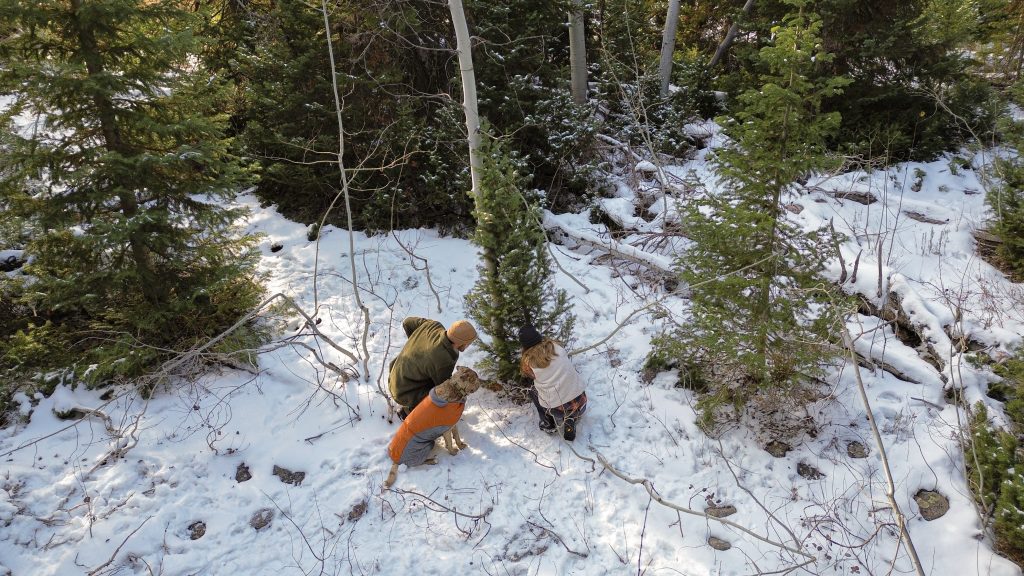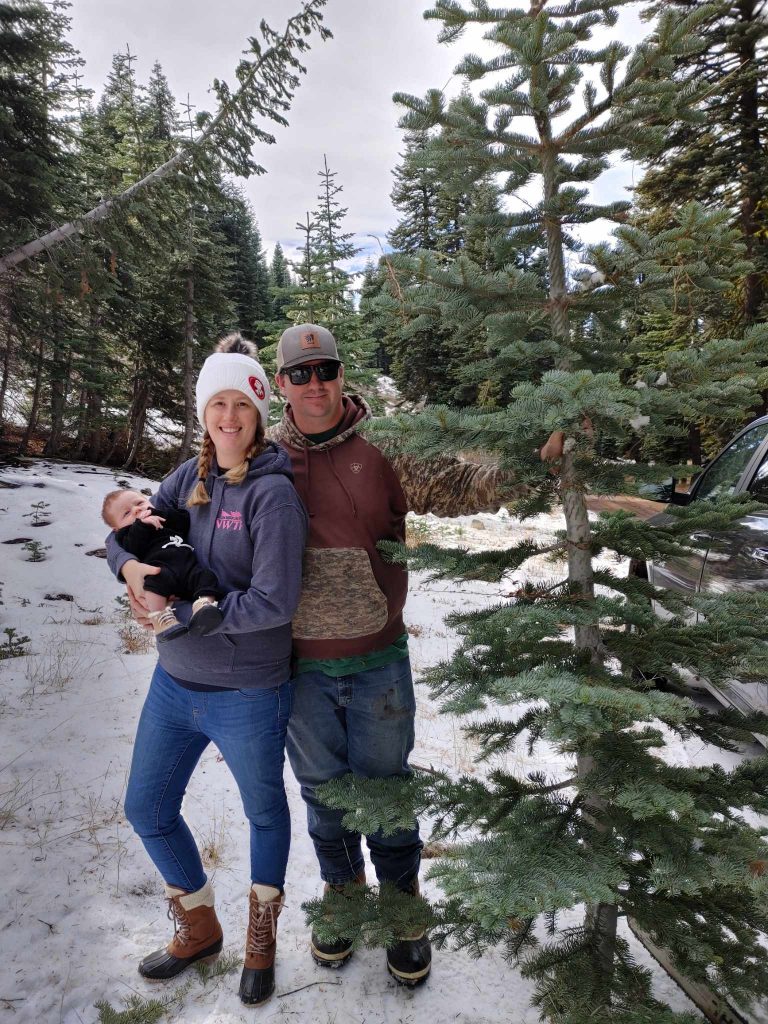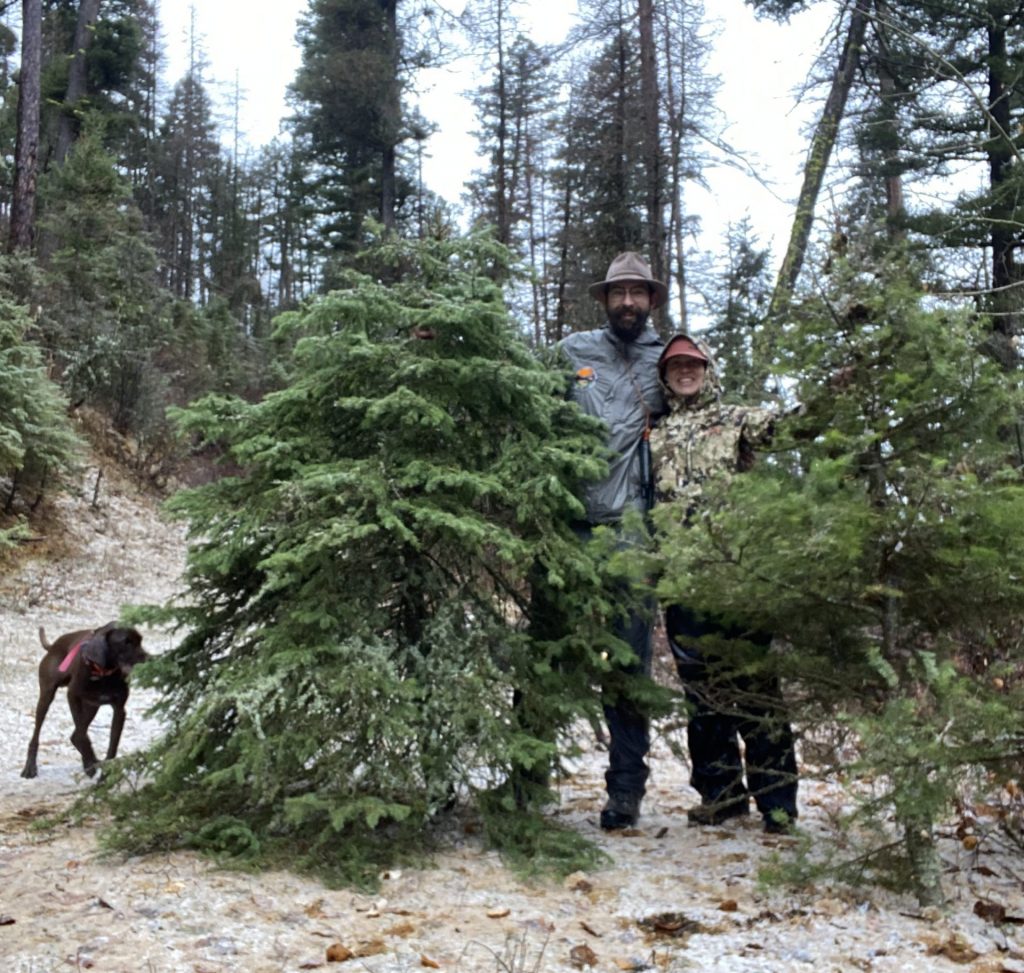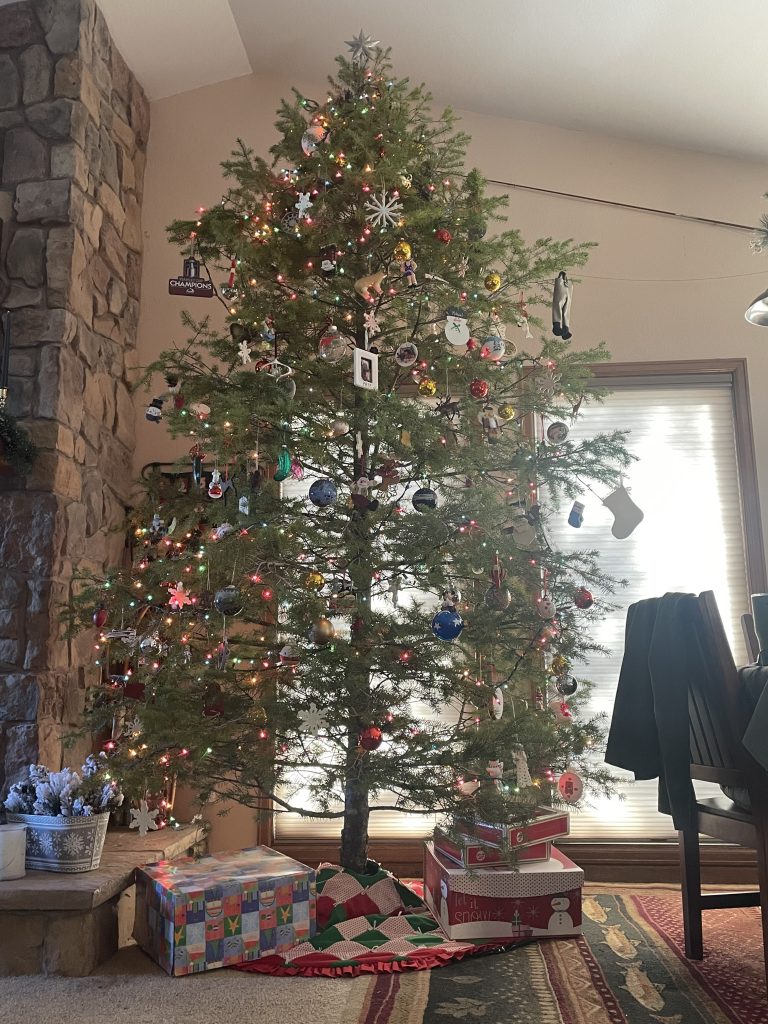Celebrate Christmas with a Tree from Your Local National Forest
As winter settles in and Christmas draws near, few traditions evoke the holiday spirit like decorating a Christmas tree. This holiday season, for those seeking a meaningful and adventurous twist on this time-honored custom, look no further than your local national forest.
Many national forests across the country offer Christmas tree permits, giving individuals and families the opportunity to step outdoors, contribute to sustainable forest management and create a holiday memory that will last a lifetime. With just a little planning, you can make this year’s tree more than a centerpiece—it can become a symbol of shared adventure and the life-changing power of the outdoors.
But what if your holiday tradition could also serve a greater purpose, such as helping to improve forest health and reduce wildfire risks? Your Christmas tree-harvesting adventure does more than add joy to your home; it can actively contribute to the health of our forests. By thinning overgrown stands, you can help reduce competition among trees, which improves forest health and enhances habitat for wildlife and improves recreation in the forest. This process can also promote forest resiliency and create safer communities by contributing to fuels reduction, reducing catastrophic wildfire risks. It’s a simple way to give back to the land while embracing a timeless tradition.
In some cases, these permits even target conifers encroaching on habitats where they don’t naturally belong. For example:
- Junipers in Sagebrush Habitats: In the West, junipers often invade sagebrush ecosystems, outcompeting native plants that provide critical habitat for species like sage-grouse.
- Fir and Spruce in Dry Pine Forests: In areas meant to support open ponderosa pine forests, firs and spruces may establish due to decades of fire suppression, shading out the understory and altering the ecosystem.
- Conifers Outcompeting Native Aspen: Aspen groves, known for their vibrant fall colors and ecological importance, are often outcompeted by encroaching conifers.

When you purchase a Christmas tree permit, you’re contributing to a program that combines recreation with resource management. In fact, some forests recognize these permits as a valuable part of their fuels-reduction strategies, a key priority in modern forest management.
The National Wild Turkey Federation is no stranger to the benefits of fuels reduction. Through stewardship agreements and large-scale initiatives, the NWTF works to restore wildlife habitats, improve forest health and reduce wildfire risks. From stewardship agreements across the country to large-scale initiatives, the NWTF’s work helps improve habitat for wild turkeys and other wildlife, reduce wildfire risks and enhance outdoor recreational opportunities. Initiatives like the Wildfire Crisis Strategy and the Rocky Mountain Restoration Initiative are shining examples of this mission in action.


Before heading out to harvest your tree, take the time to read up on the rules and regulations for your forest and plan your trip accordingly. Visit the Forest Service’s website in your area or contact your local ranger district to learn about tree permit availability and regulations. Some basic tips for Christmas tree harvesting include:
- Secure Your Permit: Visit your local national forest’s website or contact your ranger district to purchase a permit and learn about the regulations.
- Pack the Right Tools: Bring essentials such as a handsaw or chainsaw, tape measure, maps, twine, tarp and a sturdy vehicle for transporting your tree.
- Know the Designated Areas: Research cutting areas and ensure you’re harvesting from approved zones.
- Choose the Right Tree: Verify the tree species you’re allowed to harvest and ensure it meets permit requirements.
- Follow the Rules: Avoid cutting trees within 75 feet of roads, trails or recreation areas. Always take the whole tree—no topping.
Keep in mind that cell service may be limited in remote areas, so be prepared and let someone know your plans before you head out.

The Forest Service offers tree-cutting permits online at Recreation.gov, where the public can search for their favorite national forest, and purchase the permit online.
This holiday season, venture into the great outdoors and experience the life-changing power of the outdoors by harvesting your own Christmas tree. With a little planning, your trip can become a treasured tradition that embodies the spirit of the holidays and a love for the natural world.
